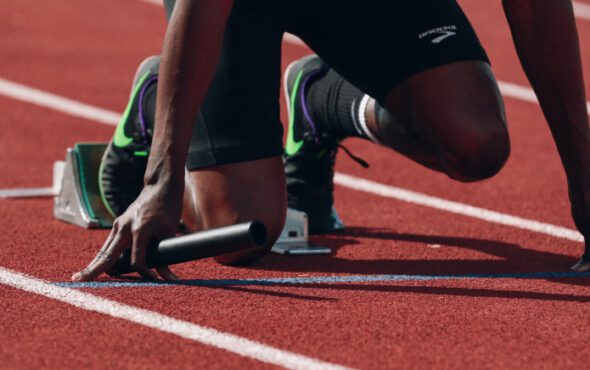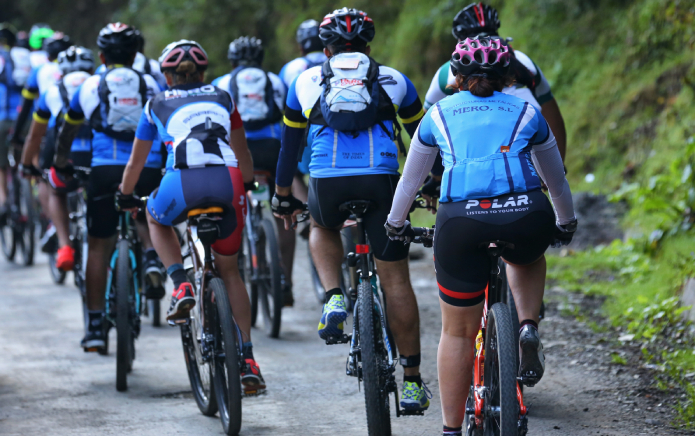
A new study has suggested that trans athletes may actually be at a physical disadvantage compared to cisgender athletes.
Over the last few years, trans athletes have been targeted by conservative figures who use their platforms to spread misinformation and hateful rhetoric.
In addition to dealing with the constant political attacks from bigoted individuals, various sporting bodies have enacted guidelines that either limit the participation of trans athletes or bar them from competing altogether.
Some organisations that have introduced the aforementioned limitations include British Rowing, Badminton England, British Triathlon, World Athletics, Union Cycliste Internationale, Welsh Rugby Union, Irish Rugby Football Union and the International Olympic Committee.
While many of the groups have claimed that their new rules prioritise “fairness of competition,” new research suggests that trans athletes may be at a disadvantage in comparison to their cisgender peers.
In a cross-sectional study – which was funded by the International Olympic Committee and published in the British Journal of Sports Medicine – researchers examined the standard laboratory performance of 19 cisgender men, 12 transgender men, 23 transgender women and 21 cisgender women.
Some of the tests included body composition, lung function, cardiopulmonary exercise testing, strength and lower body power.
They also analysed the haemoglobin concentration in capillary blood and testosterone and oestradiol in serum.

Pexels
Lastly, all of the trans athletes in the study had undergone hormone therapy for over a year, and all subjects (cis and trans) were either actively playing competitive sports or trained three times a week.
With the following factors in mind, researchers found that trans women performed worse in tests examining lower-body strength.
Trans women athletes were also found to have decreased lung function than cisgender women, “increasing their work in breathing.”
“Regardless of fat-free mass distribution, transgender women performed worse on the countermovement jump than cisgender women and cisgender men,” the study revealed.
The research found that there were “no differences in whole-body bone mineral density” between cisgender athletes and trans athletes.
When it came to handgrip strength, cisgender men were recorded to have “greater absolute right handgrip strength” than transgender men and transgender women.
“While longitudinal transitioning studies of transgender athletes are urgently needed, these results should caution against precautionary bans and sport eligibility exclusions that are not based on sport-specific (or sport-relevant) research,” the authors concluded.
You can read the full study here.



